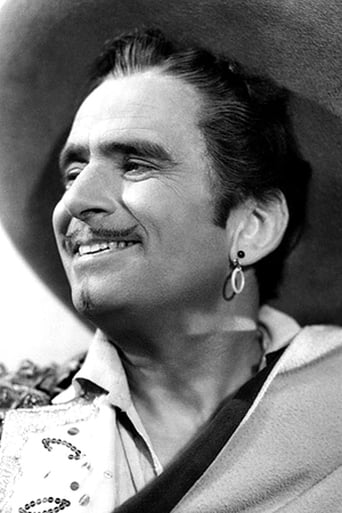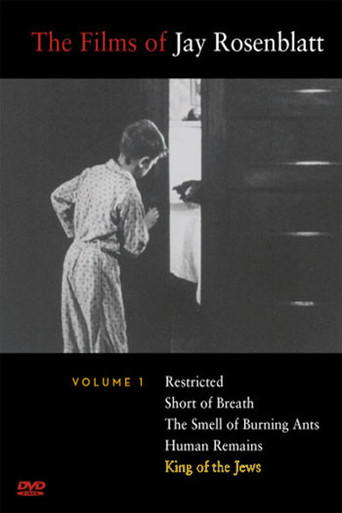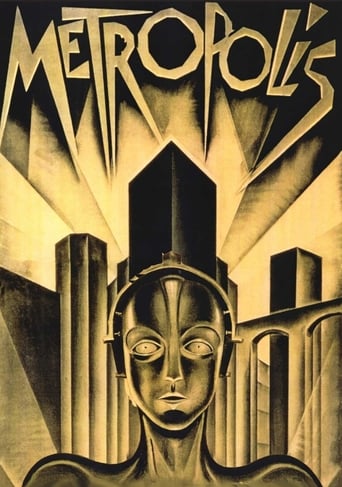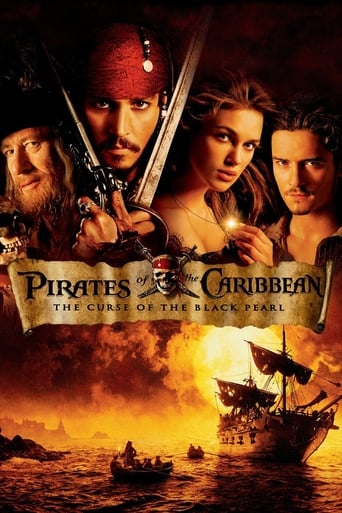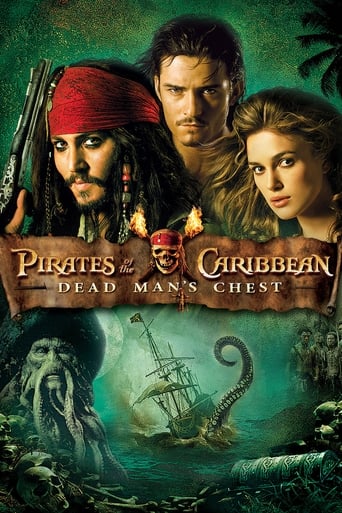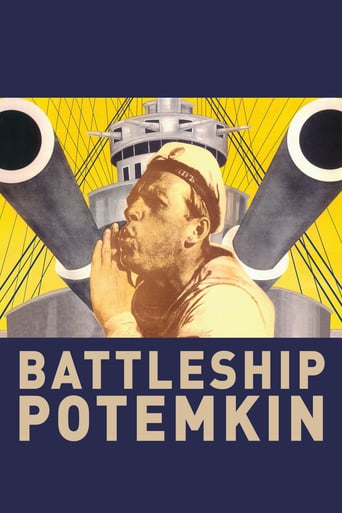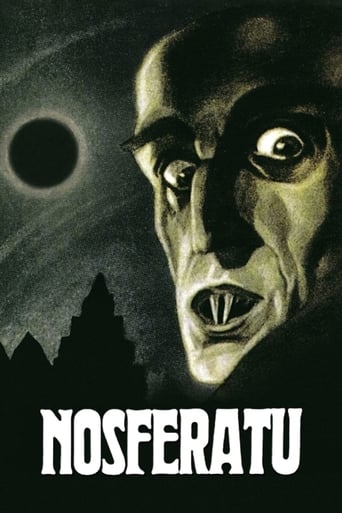
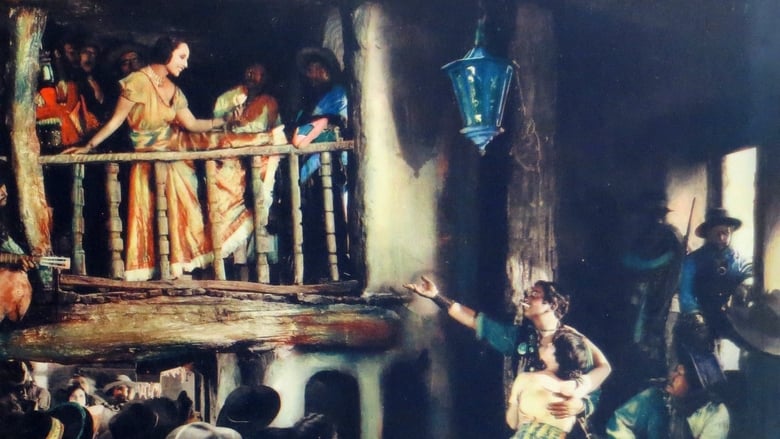
The Gaucho (1927)
A girl is saved by a miracle after she falls from a cliff in the Argentine Andes, and is blessed with healing powers. A shrine is built on the site, and a whole city grows around it, rich with gold from the grateful worshipers. Ruiz, an evil and sadistic general, captures the city, confiscates the gold, and closes the shrine. But the Gaucho, the charismatic leader of a band of outlaws, comes to the rescue.
Watch Trailer
Cast


Similar titles
Reviews
Of the Douglas Fairbanks films I've seen so far, there is not one that came across as bad. The Gaucho may be my least favourite of them, it does get a tad too heavy-handed at times and the religious stuff sometimes bogs it down and give off an odd feel. But what makes Fairbanks' films as good as they are are most definitely present in The Gaucho. The sets are some of the most exotic and lavish of any Fairbanks film, and the same can be said of the costumes. The photography is equally beautiful, and the music score is appropriately rousing which make the stunts and such even more exciting than they already are. There is a strong sense of humour that is as fresh and current now as it was then, the director handles things deftly and the story cannot be called routine, if anything of all the films Fairbanks did The Gaucho is perhaps his least conventional story-wise. It is also very briskly paced and with a constant sense of fun and energy, as well as memorable scenes like the aftermath of the healing miracle. It's not a Fairbanks film without mentioning the stunts and they are spectacularly choreographed and dazzlingly executed. And with real athleticism that has not been matched much by many films today standards. Fairbanks steals the show, as he should as he is the star, he is charisma personified and clearly looks like he's enjoying every moment. His stunts are athletic and youthful and he does show some expressive acting like in the healing miracle scene and its aftermath. He is very well-supported by the rest of the cast, the standouts being Lupe Velez, who plays with a lot of appealing spunk and is sexy without even trying, and Gustav von Seyffertitz, whose suave charm but very twisted malevolence makes for one of the nastiest villains of any Fairbanks film. All in all, while not one of Douglas Fairbanks' best it is still a treat. 8/10 Bethany Cox
Douglas Fairbanks made many, many good films over the span of his career. This one, while it has its good points, does not belong in the upper echelon of his best films. In this one, he plays an outlaw who for some reason is a good guy in this film (a rather common theme nowadays). He does his usual "Doug" things, his athletic tricks and so forth, but what is noteworthy about this film is that he didn't do some of the stunts himself. What really kind of bothered me about this film (and the reason it gets a "6") is when he and the local padre decide who gets to go to a healing fountain and who doesn't. A man with a hideous disease that has to keep himself covered is told by Doug to go kill himself! Doug! Nowadays, that probably would not be considered so bad in a movie, but back then, dang! This film is also noteworthy because it was the film debut of the ill-fated actress Lupe Velez. She plays a mountain girl who early in the film falls to what should have been her death by trying to dislodge a lamb who had gotten stuck in some rocks. She sees the Virgin Mary (who I understand was played by Doug's wife at the time, Mary Pickford) and the spot becomes sacred and a healing fountain results. Lupe is very much Lupe, if you've ever seen any of her films, she's very over-the-top pretty much all the way through. In a few years, when she started doing talking pictures and added speech to that, she really came into her own, I think. Anyway, if you just have to see all of Douglas Fairbanks' films, go ahead and see it. If you just want to see a silent film, you can do much better than this one, including several Douglas Fairbanks films.
"The Gaucho" (1927) by F.Richard Jones putting in scene Douglas Fairbanks it was at the time a kind of almost ballet movie, concerning countryside landscapes in Argentine with cattle and horses. Indeed what it was possible also to a busy adventurer like his character brought another time to audience, in such a character of a smiling enraged gentleman. Saving people in local unrest by his phlegmatic pragmatism in the fight for making a quite still concealed justice of land in relationship with sacred ritual of local mingled faith. Instinctively for a better increase of cohabitation with less weaponry and more physical agility of the body on his horse, fighting as a masked creole friend of the poor's, whose sentimentalism was as a kind of internationalism, somewhat displaced from a social liberation struggle like that. Beyond his own measure and compassion, turning out the unrest at his own capacity and getting things to his wife, as though her lover apparently change his mind stopping it, but finally accepted by him after the social turmoil. It seems to be a silent movie already displaced from its stillness as guarantee of something of new coming soon, except the hat of Fairbanks which inspires confidence on the pampas as a kind of brave and peace maker, before it had happened too so briefly as possible and soon or later. What does represent the personality of this character in that movie ? Something of the enthusiasm lost for a while with the transition from the silent pictures, a kind of masked temperament reckoned by everyone of the time as righteous integrity, from a horseman who likes being an intruder on the social turmoil, but from whom the diplomatic intervention is not out of the struggle for free speech concerning peasant local religiosity. As if it was a kind of such a specific and well represented low power against any oligarchy on the pampas, told from the time of the roots linking to such a privileged inhabitants not far away of the still recent influence of colonization from abroad. Even if populism at its beginning also it is as bringing a necessary impulse in the intoxicated souls, as strength for smashing support in civil latent unrest for a small war between contenders of both sides. For all this he is a popular figure in the middle of iconoclasts, representing the request with good conviction for maybe the impossible neutrality, that couldn't facing disturbing spirits like the soul of an impossible twin liberator for any quarrel sharing the way of means of wealth. He represents the prefiguration of the symbolic new life for the countryside, nowhere in South America with the myth of the coming industrialism from North America. He is the gate of the foreigner owner that took the empathy of the local people, as liberal exception still half colonized and masterminded by brotherhood at the place of paternalism. That's it. Fancy as outlooked caricature of such a diversified single hero in his sensibleness and mystery fashion, from the moment that took the weakness of obscurantism and whose own fearless is fighting the most powerful than himself in his melancholy.
He is feared by men and adored by women - but only one woman will tame him. He acknowledges no creed, but only One Faith will claim him. No jail shall hold him or treasure elude him. He is South America's greatest bandit and soon the fate of the Andes' most venerated shrine will be in his hands. He is THE GAUCHO.Douglas Fairbanks was at the pinnacle of his fame when he made this wonderful adventure film. His buoyant on-screen charm is matched only by his superb & graceful athleticism. He is secure in his position as one of the very greatest of cinema legends.Lupe Velez makes a fiery & beautiful love interest as the Mountain Girl, flirting or fighting with Fairbanks at every twist of the plot; Nigel De Brulier as The Padre & Eve Southern as the Girl of The Shrine are saintly in their supporting roles. That's Mary Pickford in a cameo as the Virgin Mary. And once seen, who can ever forget The Victim of the Black Doom?The sets and the special effects shots - using glass mattes - are exceptional. The very long City of the Miracles set is one of the finest ever created for a silent film.


